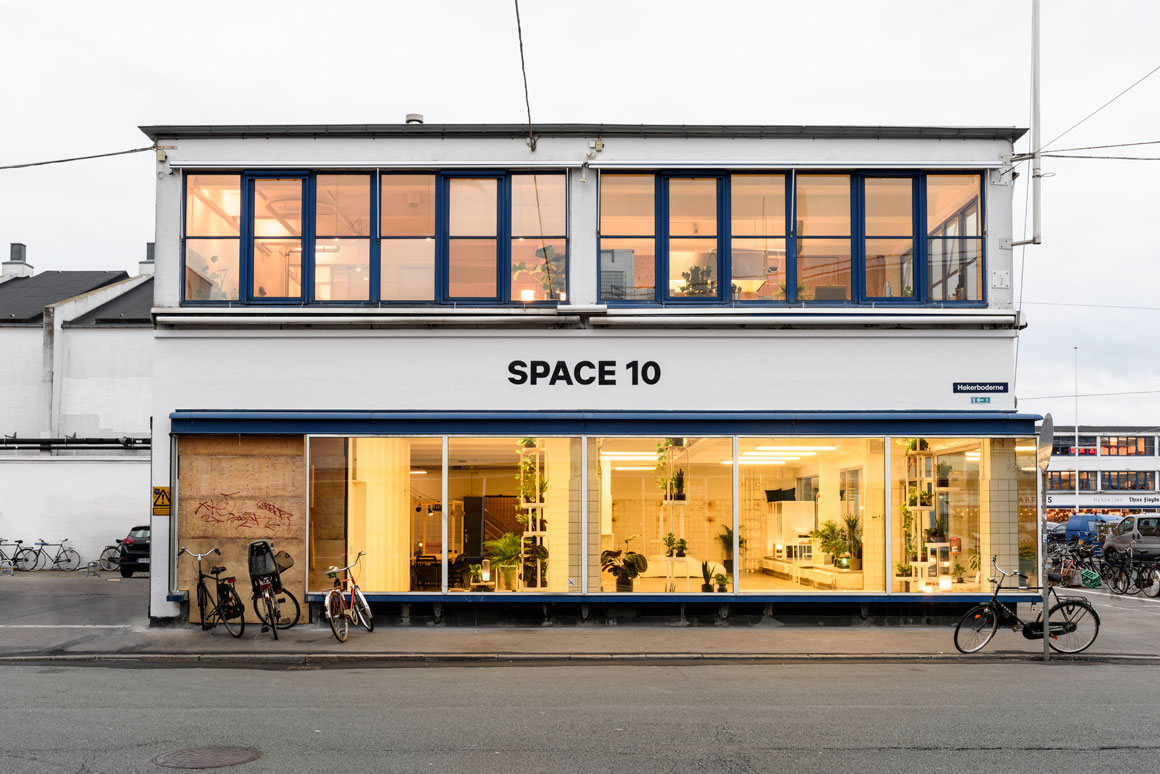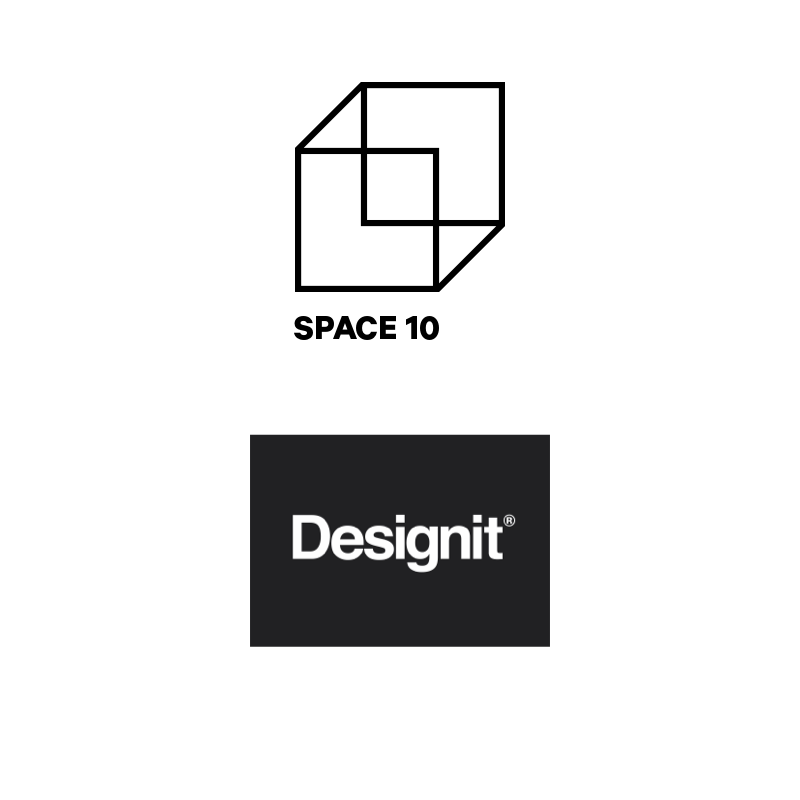
Circular Design

Circular Design
A research project exploring the role of product design in a circular economy
Partner

Team

Challenge
The Circular economy is easy in principle, but highly complex in practice. This project explored methods to apply circular economy principles through design.
Bringing SPACE10 and Designit together for this venture, I teamed up with Danish Fashion designer and technologist Prisca Vilsbøl to direct this research project. We collaborated with a broad variety of experts from design, science, technology and others.
© Title images: Alastair Philip Wiper
SPACE10
SPACE10 is a future-living lab and exhibition space in the heart of Copenhagen, proudly supported by Inter IKEA Systems.
Their mission is to investigate the future of urban living by detecting major challenges that will impact people on a global scale, and exploring possible solutions. The overall goal is to create opportunities for a better and more sustainable way of living in the future.
RESEARCH
Process
Research included interviews, workshops and desk research. We also took part in a project at Royal College of Arts London, where we helped students to develop a circular view on their projects.
Interview and Project Partners
We have talked with experts from leading companies, institutes and aspirational newcomers. That helped us identify best practices and new developments.
What we all agreed on

It's a systemic problem

Shifting from
linear to circular

It even makes money
Accenture estimates an economic benefit of
4,5 trillion $ to be unlocked until 2030.
Technosphere/Biosphere
A key principle is the distinction between Biosphere and Technosphere. It is important to have products separable and compatible with these cycles.
Biosphere is all organic matter that can be broken down and reused again. It's the big circle of life.
Technosphere is the pool of technical materials. If they are designed as technical nutrients, it can circulate endlessly.

Could we have a tool that helps us going circular?


Toothbrush example
We all need a toothbrush, so we set out to make a simple comparison of some. Modern toothbrushes mainly consist of three parts:
Handle
Bristles
Clips (to hold bristles in the handle)
Here you can see the complexity of multi-material products. Clips are typically made from metal, Bristles from plastic and Handle from one or more types of plastic.
Nr. 1 is made from one type of plastic. It can get shredded and remolded, the metal remelt. If it doesn't enter the biosphere, unproblematic.
Nr. 2 is made from bamboo and nylon. The handle is from a renewable source, yet the material mix makes it hard for both materials to be used again. Nylon shouldn't be in the compost and bamboo shouldn't be in recycling.
Nr. 3 is made from 2 or more types of plastic, molded together. It's design makes it impossible to recycle. Basically "useless" material.
The perfect choice
So which is the "best", or most circular, toothbrush? Well, there is now way to know. It isn't Nr. 3, but the rest depends on the waste scenario. This shows you the complexity of discussions about circular design, and why we need a simplification.
Circular Design Deck 1.0
The Circular Design Deck is a working tool to combine different angles on the circular economy. It asks questions to kickstart circular design thinking and provides the five methods towards Circular Design. As 1.0 suggests, Circular Design is a new concept and the tools and methods must be constantly improved.

Conclusion
While we started out with a digital design tool in mind, we had to reframe to a service design approach during the process. Not only are the tool parameters too complex for the short period, redesigning the whole system is simply more effective than a pure product tool could be. We have learned about existing tools, leading science, new perspectives and could connect with experts from related fields.
This is certainly no end point, the circular economy is gaining traction and will need applicable methods. The Circular Design Deck 1.0 is a first step, ready to be tested and further developed.
If you want to dive deeper, check out these links:

“If the future can be positive,
why choose differently?”

























